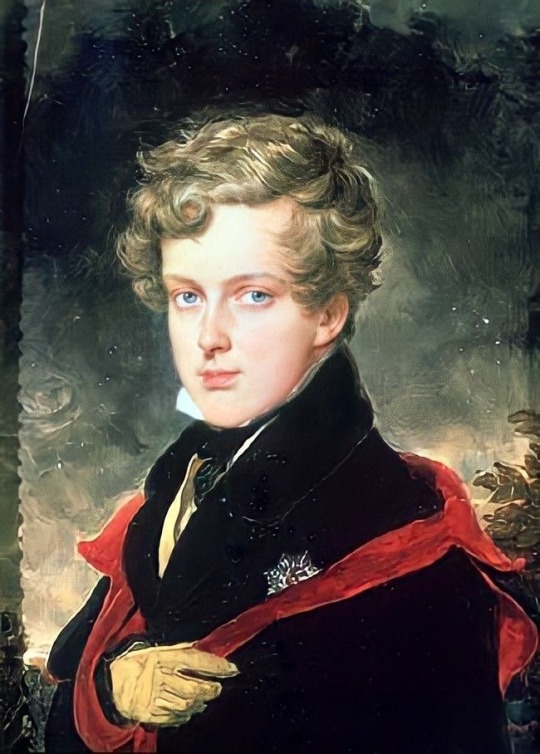Text
I made a napjuno design on gacha club and I actually liked how they turned out 🥰 MY BABIES
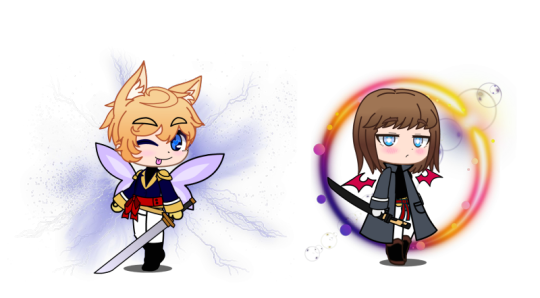
#napoleon bonaparte#jean andoche junot#napjuno#gacha club#i forgot to save my naps design fml </3#im so crazy over them🥺
8 notes
·
View notes
Note
toxic yaoi
This person gets me
please become my new wife
10 notes
·
View notes
Photo
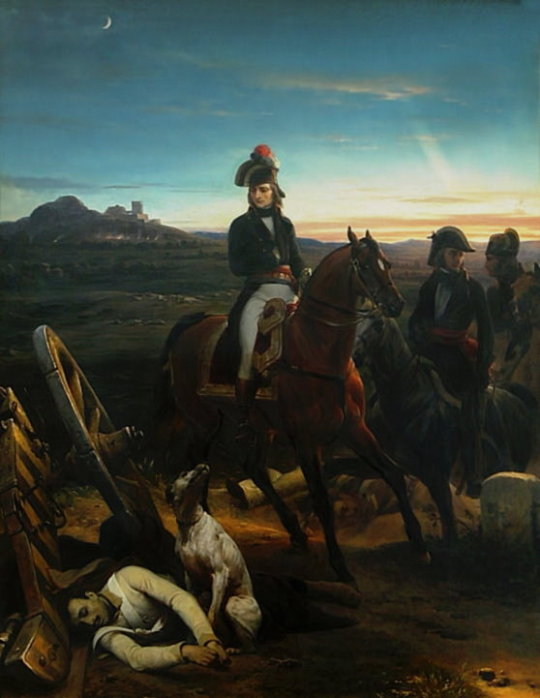
Bonaparte near Bassano by Horace Vernet,1848
“This soldier, I realized, must have had friends at home and in his regiment, yet he lay there deserted by all except his dog. I looked on, unmoved, at battles which decided the future of nations. Tearless, I had given orders which brought death to thousands. Yet here I was stirred, profoundly stirred, stirred to tears. And by what? By the grief of one dog.”
-Napoleon Bonaparte
213 notes
·
View notes
Text
Pauline Bonaparte

I haven't drawn a woman in a long time so I decided to draw one of my favourite Napoleonic women - Pauline!
#SCREAMING#SO BEAUTIFUL#i’M LOVING ALL THE PINK USED 😍💞#pauline looks like a goddess#it’s so gorgeous im eating it🤤🤤#YUMMY#also I’ll wake up soon🥺#pauline bonaparte#fav#rosa’s art
23 notes
·
View notes
Text
I love every napoleon in the entire world. Every napoleon on the planet.
30 notes
·
View notes
Text

73 notes
·
View notes
Text
Unknown diary:
I can feel that the emperor can't love me anymore. Why? When I want to ask this question countless times, the result is a headache. Every day is so unbearable. When will such a day end?
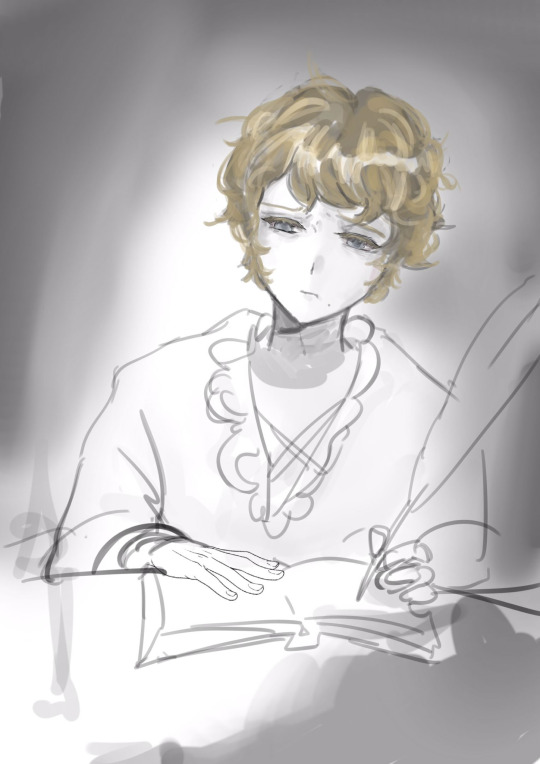
24 notes
·
View notes
Photo
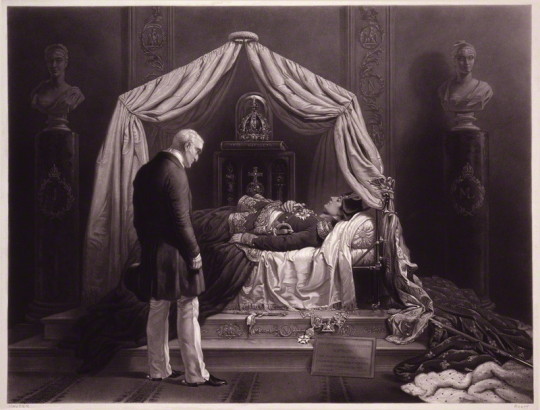
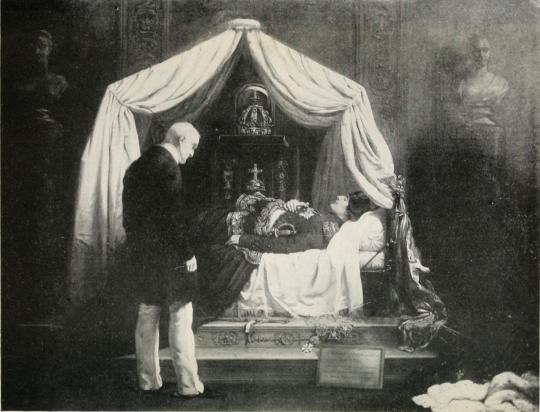
This is the Duke of Wellington looking at the effigy of Napoleon Bonaparte at Madame Tussaud’s around 1851 when the Great Exhibition opened.
Wellington was apparently a fan of wax sculptures and seemed to be a personal friend of Madame Tussaud herself. He often visited the new additions. One of exhibits of the Museum (which in Wellington’s lifetime was still located at the Baker Street Bazaar) was dedicated to Napoleon Bonaparte. Apart from Napoleon’s own wax figure, the exhibit also contained:
Napoleon Relics. — The camp-bedstead on which Napoleon died; the counterpane stained with his blood. Cloak worn at Marengo. Three eagles taken at Waterloo. Cradle of the King of Rome. Bronze posthumous cast of Napoleon, and hat worn by him. Whole-length portrait of the Emperor, from Fontainebleau; Marie Louis and Josephine, and other portraits of the Bonaparte family. Bust of Napoleon, by Canon. Isabey’s portrait Table of the Marshals. Napoleon’s three carriages: two from Waterloo, and a landau from St. Helena. His garden chair and drawing-room chair. “The flag of Elba.“ Napoleon’s sword, diamond, tooth-brush, and table-knife; dessert knife, fork, and spoons; coffee-cup; a piece of willow-tree from St. Helena; shoe-sock and handkerchiefs, shirt, &c. Model figure of Napoleon in the clothes he wore at Longwood; and porcelain dessert-service used by him. Napoleon’s hair and tooth, etc. (from the book the Curiosities of London)
A book called The History Of Madame Tussaud’s give us an account of Wellington’s visits to the museum and his special fondness for Napoleon’s exhibition:
Early one morning, soon after the Exhibition had been opened for the day, Joseph, Madame Tussaud’s son, who had been wandering through the rooms, as was his habit, perceived an elderly gentleman in front of the tableau representing the lying-in-state of Napoleon I. The model of the dead exile rested—as it does down to this very day—on the camp bedstead used by Napoleon at St. Helena, and was dressed in the favourite green uniform, the cloak worn at Marengo (bequeathed by Napoleon to his son) lying across the feet. In the hands, crossed upon the chest, was a crucifix. In those days it was the custom to lower at night the curtains that enclosed the bed, in order to exclude the dust, whereas now the whole scene is encased in glass.
Observing that the visitor was desirous of seeing the effigy, and no attendant being at hand, Joseph Tussaud raised the hangings, whereupon the visitor removed his hat, and, to his great surprise, Joseph saw that he was face to face with none other than the great Duke of Wellington himself.
There stood his Grace, contemplating with feelings of mixed emotions the strange and suggestive scene before him. On the camp bed lay the mere presentment of the man who, seven-and-thirty years before, had given him so much trouble to subdue. No feeling of triumph passed through the conqueror’s mind as he looked upon the poor waxen image, too true in its aspect of death; he rather thought upon the vanity of earthly triumphs, of the levelling hand of time, and how soon he, like his great contemporary, might be stretched upon his own bier.
Mr. Joseph Tussaud used frequently to recall this dramatic meeting between the Iron Duke and the effigy of his erstwhile foe, and to imagine the feelings of the old General as he gazed upon the couch. It was probably the first of the Duke’s many visits to the Exhibition.
A few days after this most interesting visit Mr. Tussaud, who was an old friend of Sir George Hayter, related the incident to that artist. Hayter was immediately struck with the potential value of the event for the production of a painting of the historic scene, and the Tussaud brothers at once commissioned him to execute the work for them. Sir George thereupon communicated the idea to the Duke, who readily responded, and offered to give the necessary sittings. We have the sketches made by Hayter in preparation for the work, and among them appears a drawing of Joseph Tussaud himself, although he does not enter the actual picture. Hearing that the artist was making progress with the painting, the Duke visited his studio, and, having expressed himself warmly in appreciation of the picture (the figures had been but lightly limned in at the time), said: “Well, I suppose you’ll want me to sit for my picture here?”
Hayter has given us a most characteristic portrait of Wellington as he then appeared. He is dressed in his usual blue frock-coat, white trousers, and white cravat, fastened with the familiar steel buckle. He stoops a little as was his wont, his head is lightly covered with snow-white hair, and his manly features are marked with an expression of mingled curiosity and sadness as, hat in hand, he looks upon the recumbent Napoleon. The picture was completed early in December, 1852, [after the Duke’s death] and has been on view in the Napoleon Rooms at the Exhibition ever since.
The engravings of the picture have been circulated in thousands throughout the world, and, strange to say, they are exceedingly popular in Austria. It is an interesting fact that the painting in question was the last portrait for which the Duke ever sat. When the Duke himself died, Madame Tussaud’s advertised “A full length model of the Great Duke, taken from Life during his frequent visits to the Napoleon Relics.“
161 notes
·
View notes
Text


You vs the guy she told you not to worry about
#HE'S SO BEAUTIFULS DFKJHFHJKDF#GOING INSANE#ty for sending this to me too#time to drool 🤤 🤤#napoleon#art#fav
33 notes
·
View notes
Text

Stop✋️ using🤳 anti-self❌️🙋 language 🗣
69 notes
·
View notes
Photo

Napoleon painted by Richard Caton Woodville.
45 notes
·
View notes
Text

忘记更新是一种我的问题。
52 notes
·
View notes
Note
do you think old man yaoi can blossom even on a battlefield
Yes. More than anywhere else
16K notes
·
View notes
Text

Robe sword and scabbard 1802-03
In 1799 a new system of government, led by three Consuls, was introduced in France. Napoleon was elected First Consul. A sword of this pattern was provided to each of them, although this one is of a later date and must have been a replacement for the original. It was acquired by George IV with a certificate swearing that it had belonged to Napoleon himself.
286 notes
·
View notes
Note
DO YOU KNOW JEAN ANDOCHE JUNOT
I have heard about him. A friend of His Imperial Majesty is a friend of mine, I suppose... but, in all honesty, I would not touch that man with a ten foot pole.
#OMGGGG I love ur art sm#ivy doodle😍😍#so cute!!!#arakcheev#jean andoche junot#proud to admit that anon was me
58 notes
·
View notes
